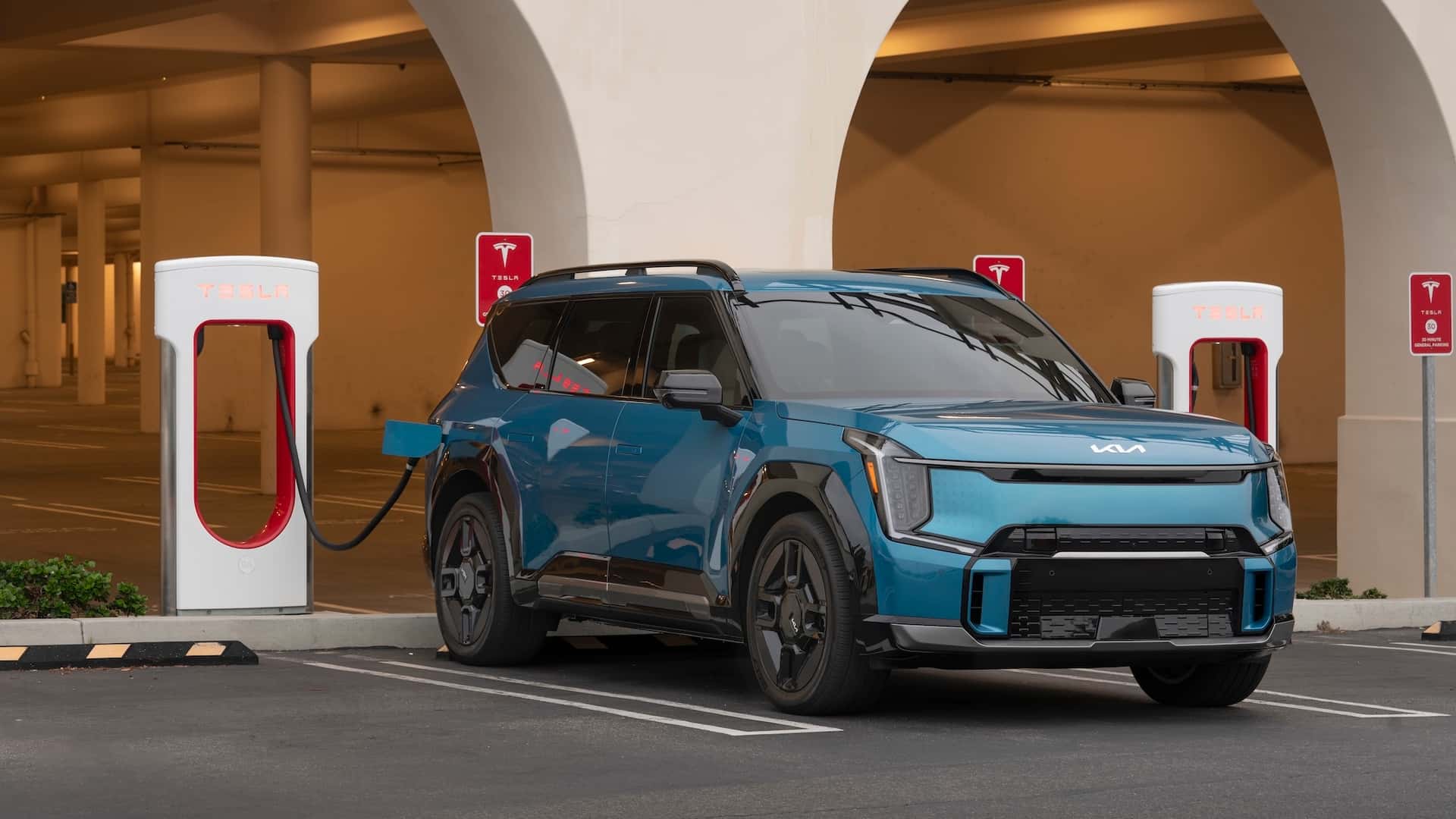
Jim Farley was right. Last month, Ford's CEO predicted that market share of electric cars would be cut in half once the federal tax credit for clean vehicles met its untimely demise on September 30.
And in the first month of the post-tax-credit future for EVs, that's exactly what happened. Both J.D. Power and S&P Global Mobility estimate that October's EV market share plummeted to around 5% in the U.S., from a record high of over 12% in September.
The battery-powered share of sales also dropped significantly on a year-over-year basis, from over 8% in October 2024. The last time EVs made up 5% of U.S. vehicle sales was in early 2022.
According to S&P Global Mobility, some 64,000 new electric vehicles were sold in October. That's a epic drop from September, when Americans bought or leased nearly 150,000 EVs as they scrambled to cash in on the expiring $7,500 incentive.
OUR MORNING NEWSLETTER IS ALMOST HERE!
Starting in November, Critical Materials will hit your inbox each morning at 8 a.m., delivering the latest EV news curated by our expert staff.
Plug-in hybrids got hit hard too, with their market share dropping from 2.2% in September to just 1% in October, per J.D. Power.
“The automotive industry is experiencing a significant recalibration in the electric vehicle segment in the first month following the expiration of the federal tax credits," said Tyson Jominy, J.D. Power's senior vice president of data and analytics.
You could say the EV market is coming to terms with a new reality for consumer demand—one in which electric cars are now unsubsidized, more expensive to buy and have to sell on merit alone. That may be part of what's going on here, and that's certainly going to be a factor over the coming months and years.
Importantly, though, the massive rush to buy electric cars since July has also resulted in what S&P Global Mobility calls an EV volume "hangover." In other words, July, August and September stole tons of sales from October and beyond, so it's only natural to see an immediate and precipitous slowdown.
Apparently, it could've been worse.
"Actions by multiple manufacturers to reduce EV prices and increase discounts to offset the loss of the federal credit are helping to maintain EV affordability, thereby preventing an even larger decline in EV sales," said Thomas King, president of the data and analytics division at J.D. Power.
Manufacturers are offering thousands in discounts to help make up for the loss of the tax credit and move cars out of inventory. Just after the tax credit lapsed, Hyundai slashed pricing for the 2026 Ioniq 5 by up to $9,800. BMW is offering a $7,500 off of leased EVs through October 31. The list goes on.
The big question, then, is what happens next. Because the tax credit isn't the only big change rocking the EV world.
The Trump administration and Republican-controlled Congress have also gutted fuel economy regulations and California's EV mandate, so car companies now face no penalties for electrifying too slowly. That means many will probably choose to dial back their EV growth plans, while doubling down on their gas-burning cash cows for as long as possible.
We've already seen a spate of announcements on that front. Acura last month killed its ZDX SUV after just one model year. Ford is idling production of its F-150 Lightning pickup through the end of the year, although that's also related to aluminum supply. General Motors now plans to make the 2027 Chevrolet Bolt on one shift rather than two, and it laid off 1,750 workers from its EV business this week. Kia on Thursday said it would postpone its upcoming EV4 sedan "until further notice," although that probably had a lot to do with tariffs too.
Given the uncertainty around consumer demand, the hazy future of EV policy and the rapid-fire pullback from automakers, it's not surprising that S&P Global Mobility expects "continued month-to-month volatility in [battery-electric vehicle] sales and market share" and "a significant drop in adoption" in the fourth quarter of 2025.
Most industry experts believe that Americans will buy more and more EVs over the next several years—even if that growth happens more slowly it would have under friendlier Biden-era policies. But in the near term, it looks like things might get a little ugly.
Contact the author: Tim.Levin@InsideEVs.com







